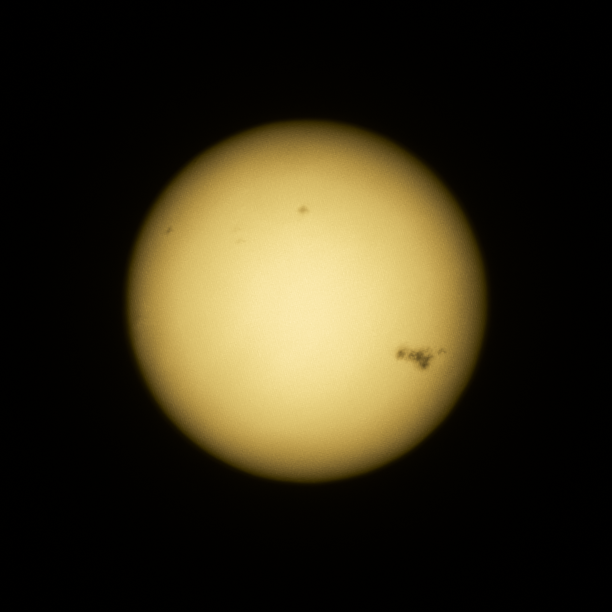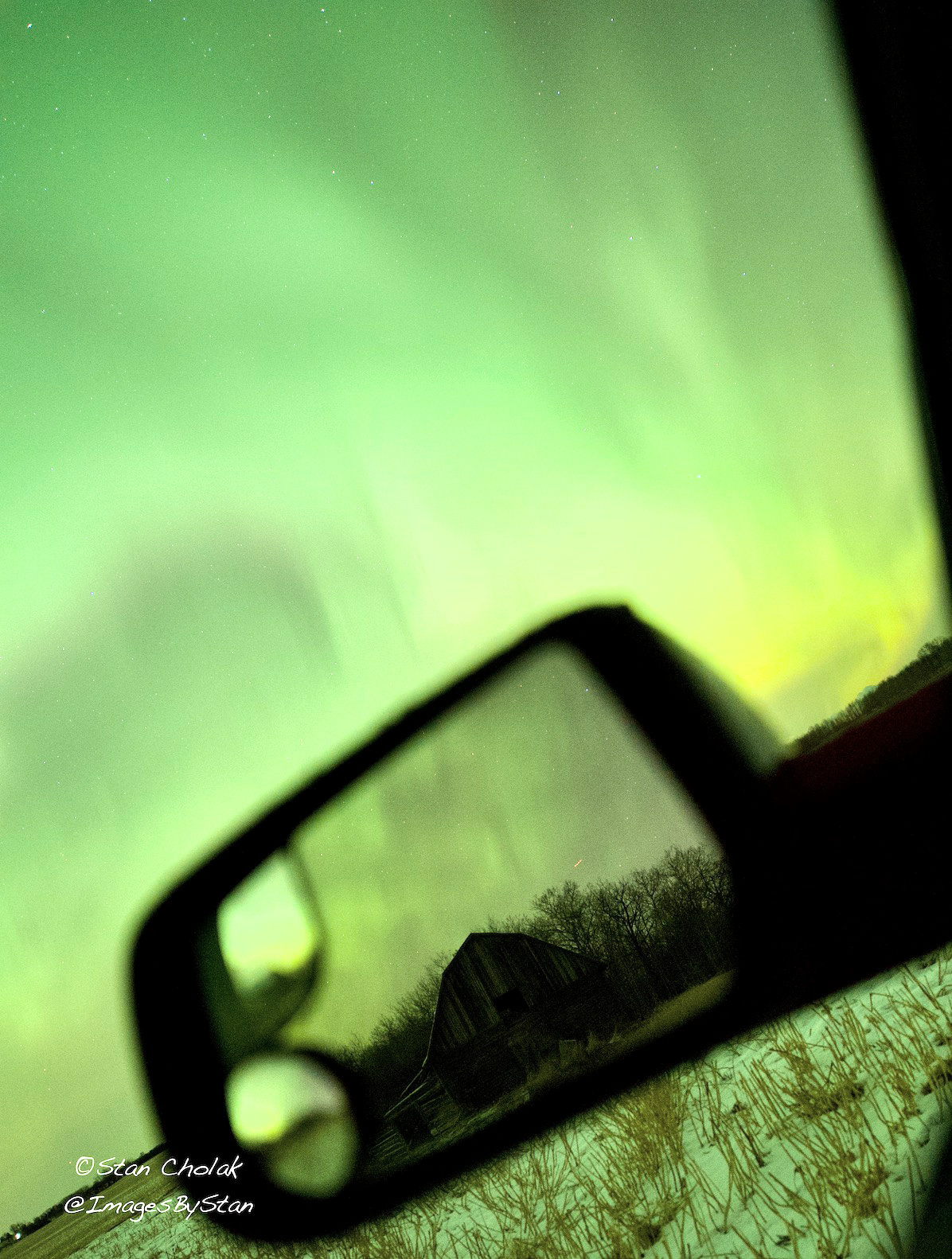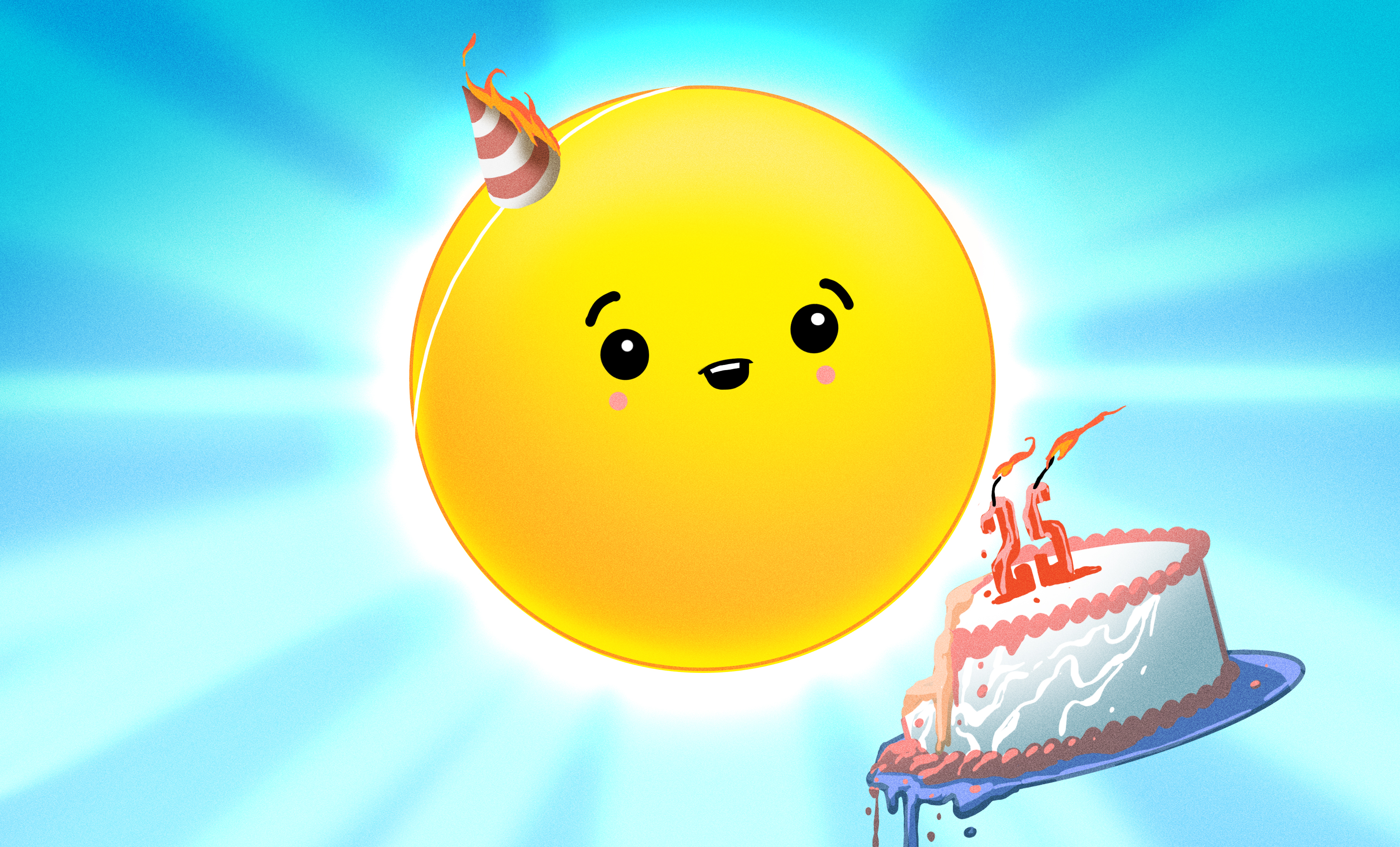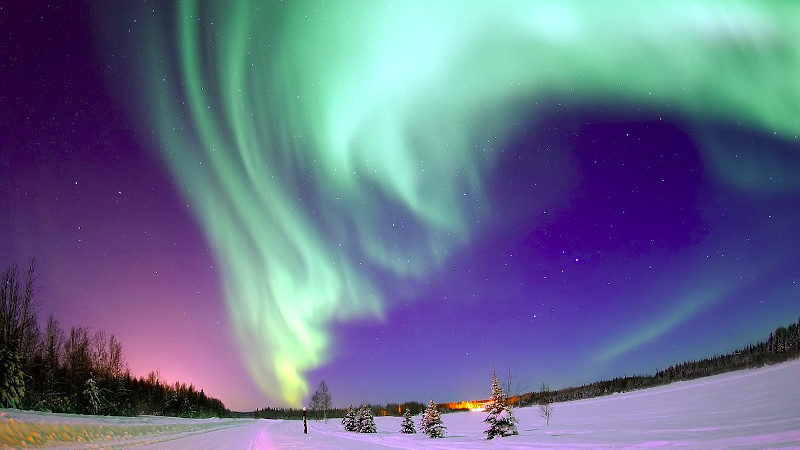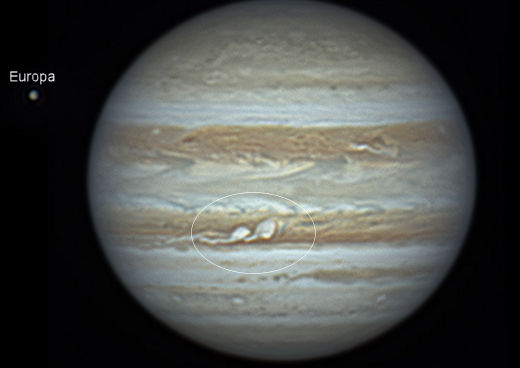
#Jupiter is at its closest to Earth--an event called "opposition." It's a great time to see a massive thunderstorm brewing on the giant planet. The storm is circled in this image from Austrian photographer Michael Karrer:
Karrer's photo, captured with an 8-inch Celestron telescope, captured two white swirls breaking through Jupiter's brown South Equatorial Belt (SEB). "These are giant thunderstorms," explains John Rogers of the British Astronomical Association. "The last time we saw storms like this was 8 years ago in 2016-17."
The white swirls are convective plumes rising from a location perhaps 100 km below the brown SEB. Although the plumes are not very deep (compared to the vast depth of Jupiter's atmosphere), they are wide enough to swallow Earth with room to spare. Rogers believes these storms could spread rapidly through the SEB, causing the familiar brown belt to fade as its color is diluted by the white storm front.
Astrophotographers, this is your chance to monitor a fast-changing alien tempest. Jupiter rises in the east at sunset and stays up all night long. Shining at magnitude -2.8 (only the sun, Moon and Venus are brighter), the giant planet is now an easy target for backyard telescopes from #spaceweather




